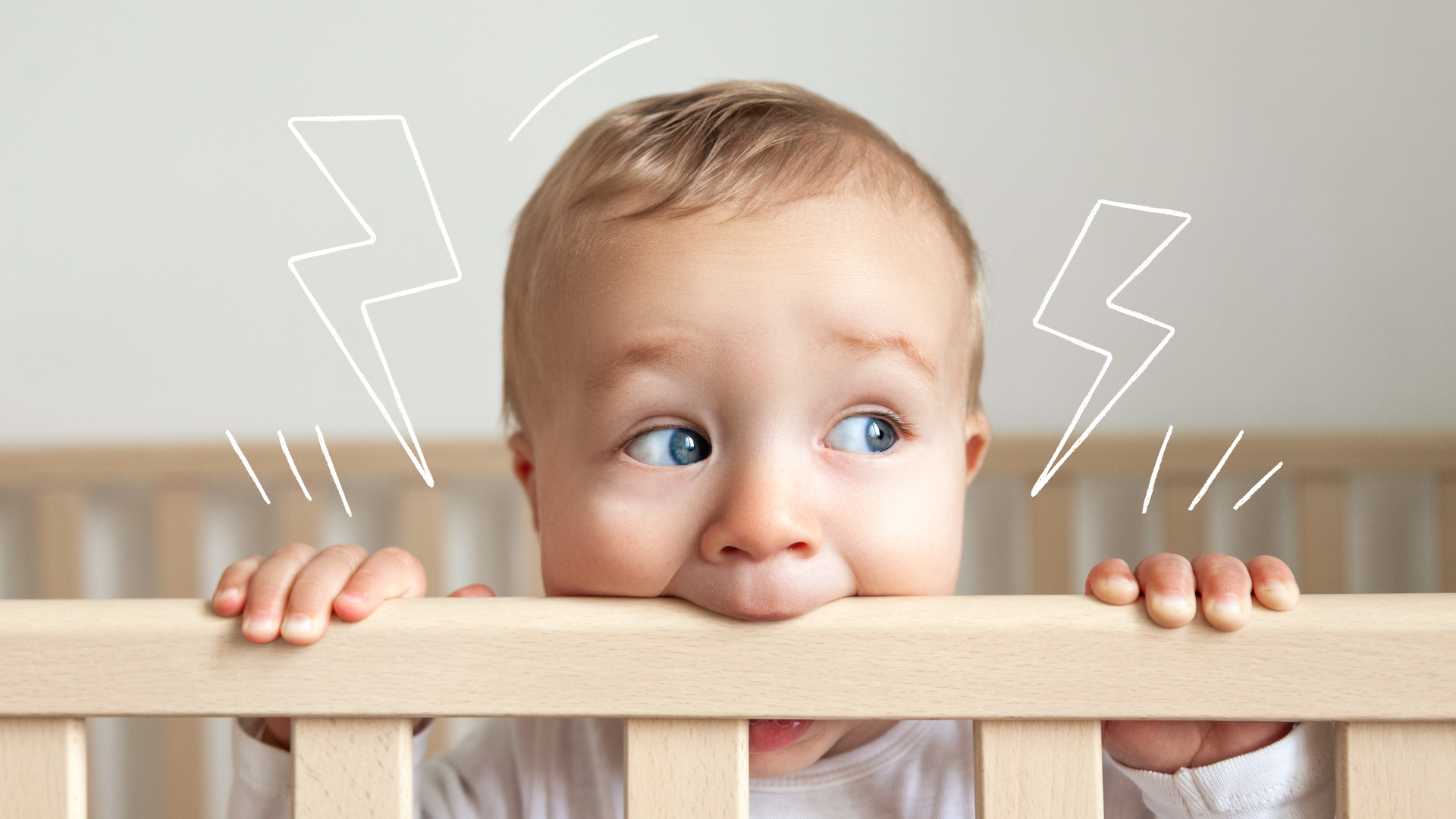
- 4 mins
How to Help Kids Deal with Big Feelings, by Age

A toddler’s brain does not have the capacity yet to reason or use logic when they experience such big feelings and therefore, they cannot control their impulses and outbursts. They rely on us, their trusting and safe space, to help regulate their emotions. This is called co-regulation and it happens in your calm and through modeling.
All it can take is an empathic response to cool their fire. Here are 10 tips on how to respond to your toddler’s tantrum or meltdown.
Say what you see. This reflection helps your child feel acknowledged and heard. For example, “You really want to read one more book. It is hard to hear no”.
By acknowledging and validating their difficult emotion, you are connecting with your child and helping them feel seen. Try something like, “I can see that you are feeling so frustrated! You wish you can wear your Spiderman outfit to school”.
Being close and affectionate may be what your child may crave. Don’t be afraid to offer it, even if you think they are too big for cuddles. They may also say that too, then nuzzle into your chest. (I know I still do as a 32-year-old woman). Perhaps you could say, “This all sounds really tough for you. Would you like a cuddle?”
Be alongside them in their big feeling, kneel with them and wait with them while they have their big feeling.
You are their parent and they are your precious children. You spent the first years of their life being playful and fun. Allow that back in. You’ll be surprised how much a good giggle can help in the thick of a meltdown. Laughter releases beautiful endorphins that will help in these stressful moments. Try saying, “It can be so annoying to put shoes on every day when we have to go outside, right? But we want to protect our feet. Or do they belong to our ears? Perhaps my trainers go on my ears, like this”.
Wonder aloud with your child. For example, “Hmm, I can see this is really tricky for you. I wonder what will help right now?”
Toddlers need help to make a different choice. Try saying, “Your toys are for playing with. I can’t let you throw them. How about we set up the train track together?”
Change and transitional moments can be triggering to a child and cause the most meltdowns. Taking charge and making the choice for your children can often provide the safety and co-regulation they need. Perhaps try, “I can see that leaving the playground is difficult for you. The bus is waiting for us. I am going to help you into the pushchair this time”.
Remember! Your child is not trying to give you a hard time, they are having a hard time and this moment right now does not define you as a parent. Offer a yes, “I can’t let you throw your blocks, but YES you can build a tower with me”.
Take a moment to repair that rupture with your child. I believe this rupture and repair process may be the most powerful thing you can model to your child. It tells them that we are all human, we all have big feelings and our relationship will survive this rupture. Here you are showing your child that we all make mistakes and by coming back to repair the relationship, you teach them resilience, respect and the power of an apology.
Take ownership of your words and actions, come to your child’s level and try saying, “I’m sorry, it was not okay of me to shout at you like that. It is okay to feel upset, it is not okay for me to yell like that. Can we do that over?”